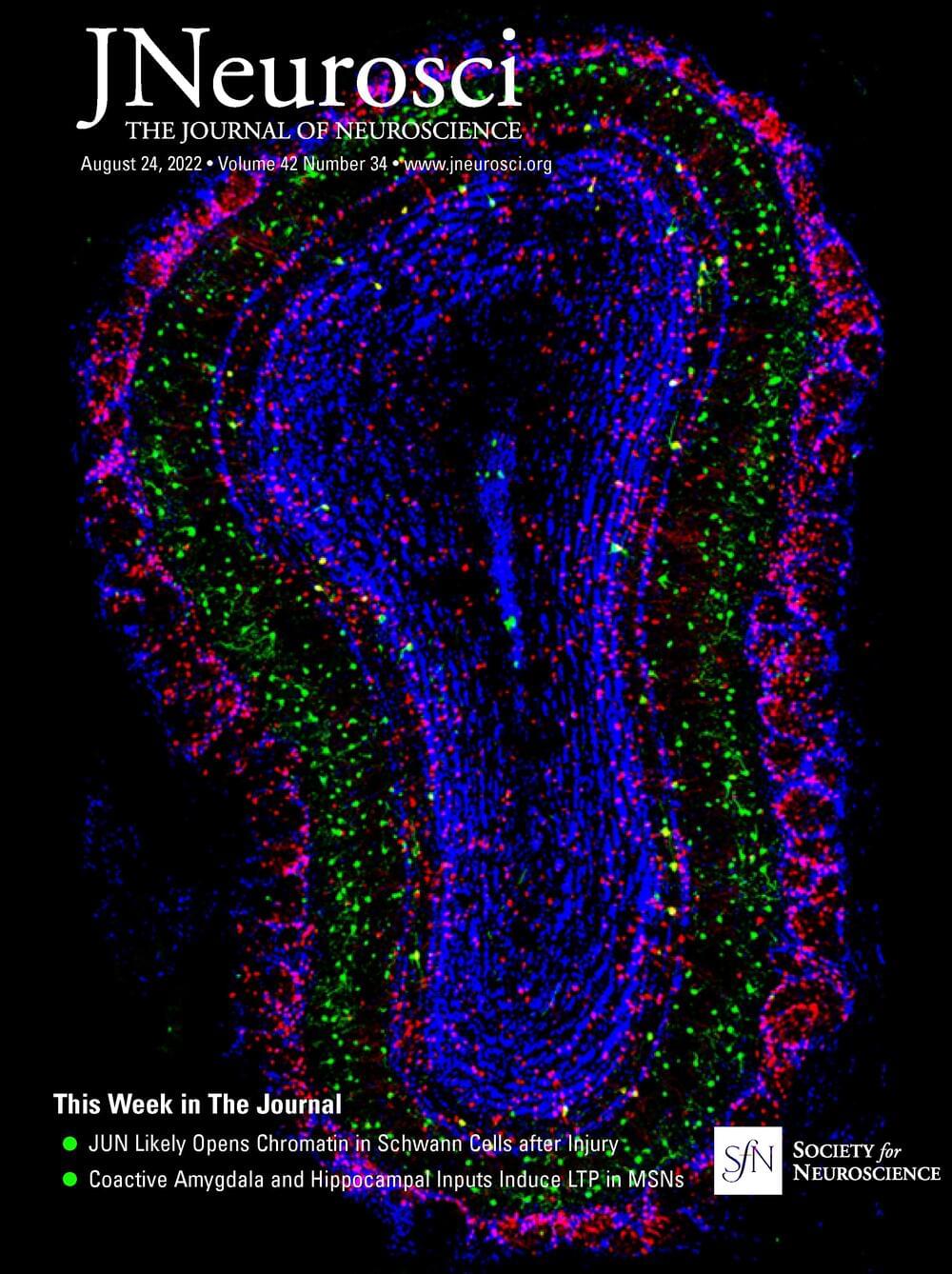Large glutamatergic, somatic synapses mediate temporally precise information transfer. In the ventral nucleus of the lateral lemniscus, an auditory brainstem nucleus, the signal of an excitatory large somatic synapse is sign inverted to generate rapid feedforward inhibition with high temporal acuity at sound onsets, a mechanism involved in the suppression of spurious frequency information. The mechanisms of the synaptically driven input–output functions in the ventral nucleus of the lateral lemniscus are not fully resolved. Here, we show in Mongolian gerbils of both sexes that, for stimulation frequencies up to 200 Hz, the EPSC kinetics together with short-term plasticity allow for faithful transmission with only a small increase in latency. Glutamatergic currents are exclusively mediated by AMPARs and NMDARs. Short-term plasticity is frequency-dependent and composed of an initial facilitation followed by depression. Physiologically relevant output generation is limited by the decrease in synaptic conductance through short-term plasticity (STP). At this endbulb synapse, STP acts as a low pass filter and increases the dynamic range of the conductance dependent input–output relation, while NMDAR signaling slightly increases the sensitivity of the input–output function. Our computational model shows that STP-mediated filtering limits the intensity dependence of the spike output, thus maintaining selectivity to sound transients. Our results highlight the interaction of cellular features that together give rise to the computations in the circuit.
SIGNIFICANCE STATEMENT Auditory information processing in the brainstem is a prerequisite for generating our auditory representation of the environment. Thereby, many processing steps rely on temporally precise filtering. Precise feedforward inhibition is a key motif in auditory brainstem processing and produced through sign inversion at several large somatic excitatory synapses. A particular feature of the ventral nucleus of the lateral lemniscus is to produce temporally precise onset inhibition with little temporal variance independent of sound intensity. Our cell-physiology and modeling data explain how the synaptic characteristics of different current components and their short-term plasticity are tuned to establish sound intensity-invariant onset inhibition that is crucial for filtering out spurious frequency information.
